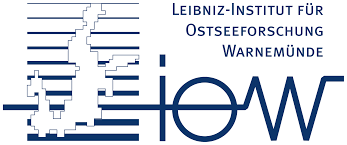The 'Rocket' provides a closed-loop, mobile, plastic-free field deployment system designed specifically for sampling the drifting microplastic load down to the lower micrometer range for subsequent quantitative particle-based analysis.
The following technical requirements were imposed on the design of the 'Rocket':
- closed system, minimized contact of the sample with the environment
- microplastics evacuation possible when the system is set up and closed
- no contaminating polymers in contact with the sample
- constructive measures against entanglement, crushing or other interference with the microplastic particles
- mobile applicability
The 'Rocket' follows the principle of suction filtration for suspended solids above a certain particle size. In the prototype, water from a sampling point is carried by an intake tube with an inner PTFE lining into the device, where it passes through stainless steel filter cartridges (10 µm pore size). The water is drawn in by a pump located behind the filters. The use of a powerful centrifugal jet pump allows for a suction lift of up to 8 m.
Smooth inner surfaces of stainless steel or PTFE ensures unimpeded particle transport. Although the latter is a plastic polymer ("Teflon"), it occurs in the environment in negligible quantities compared to the bulk plastics like PE or PP, hence, it is excluded from results as system caused contamination.
The achievable filtrate volume depends on the number of suspended solids in the water, the filter area used and the pore size. Based on experience with the setup used to date (single-stage filtration on 4 x 244 cm² with 10 µm pore size), the filtrate volume is between 200 and 2000 L per sample.
The inner filter cartridges are then transferred as sample carriers into suitable sealed vessels and transported to the laboratory for further processing, where the particles are recovered and purified for analysis. The design is such that, for example, fractionated cascade sampling of different pore sizes can be realized with little conversion effort.
Designed for field use, the system is based on a pneumatic-tyred aluminum box (96 x 40 x 45.5 cm) which functions as a transport box, instrument panel access and work surface. The system can be transported in a passenger car.
Sampling and specimen collection takes approx. 30 min to 1 h.

